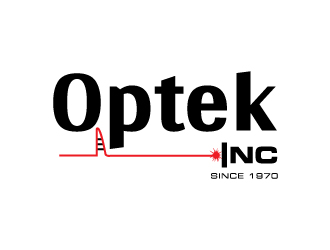FUJI BURNER CONTROL AUTOCALIBRATION - Updated for PXF4 FUJI
1- For Autocalibration of the FUJI Burner Control system you must have selected "net to dryer type" = 9 for PXR FUJI or #8 for FUJI PXF. This will enable Optek software to correct the OFFSET to bring the burner system in agreement with the Optek NIST Temperature Device. This is done for either the Lower temp or the Upper temp depending on the Air Flow direction.
2 The specific sequence is when the software system read the sensor information from the bin - both optek sensors and the FUJI thermocouple temperature as well as the SV - we compare the FUJI Temp with the proper NIST device and send any difference as an OFFSET to the FUJI device.
example - in UpAir Status - FUJI thermocouple value = 34°C and Lower NIST temp = 36°C then Optek sys will send +2°C to the FUJI OFFSET. You can read the current offset in the "selnet location" for each bin or it is on the middle graph with a +40 Base to locate it on the graph.
Finally the Optek Sys changes the SV based on the Optek program setting. This is separate from the OFFSET adjustments.
You can choose not to change FUJI OFFSET (NOT Recommended) by selecting "net to dryer type" as #6 for PXR Model or #5 for PXF model Fuji. We have made many tests of autocalibration and found significant temperature errors in the Burner Control systems. This is true in both Up Air and Down Air status. The OFFSET will be different in each case.

